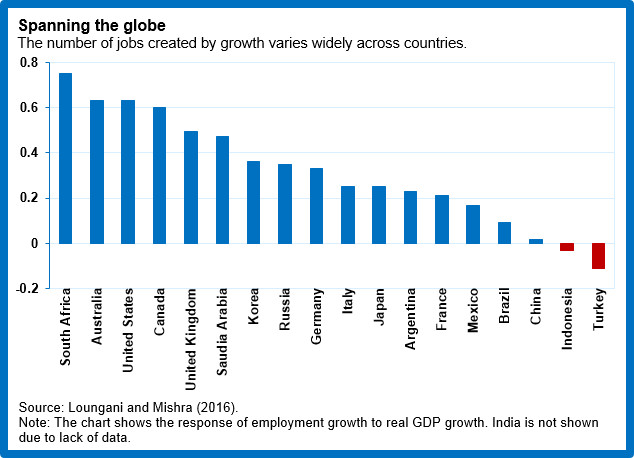What is Electric car
An EV is defined as a vehicle that can be powered by an electric motor that draws electricity from a battery and is capable of being charged from an external source. An EV includes both a vehicle that can only be powered by an electric motor that draws electricity from a battery (EV) and a vehicle that can be powered by an electric motor that draws electricity from a battery and by an internal combustion engine (plug-in hybrid electric vehicle).
Why the Electric Vehicle Revolution Can Benefit Everyone
1.Climate benefitsTransportation makes up the biggest slice of U.S. greenhouse gas emissions, which means cleaning up the transportation system has a direct impact on climate. Already, driving an EV instead of a gas-powered vehicle in the United States cuts your climate pollution by about two-thirds over your car’s life span. But the emissions reductions from EV adoption will only increase as a larger percentage of our electricity is produced by clean energy and as battery technology improves, moving us that much closer to our goal of net-zero emissions by 2050. Curbing climate change and ending tailpipe pollution is, of course, good news for everyone but especially for those in frontline communities, who are disproportionately affected. The litany of disruptive, dangerous, and costly climate impacts—from extreme storms to sea level rise—are already underway and threaten to get far worse. The EV revolution is fundamental to charting a different kind of climate future. |
 |
|---|---|
 |
2.Lower utility costsTransportation makes up the biggest slice of U.S. greenhouse gas emissions, which means cleaning up the transportation system has a direct impact on climate. Already, driving an EV instead of a gas-powered vehicle in the United States cuts your climate pollution by about two-thirds over your car’s life span. But the emissions reductions from EV adoption will only increase as a larger percentage of our electricity is produced by clean energy and as battery technology improves, moving us that much closer to our goal of net-zero emissions by 2050. Curbing climate change and ending tailpipe pollution is, of course, good news for everyone but especially for those in frontline communities, who are disproportionately affected. The litany of disruptive, dangerous, and costly climate impacts—from extreme storms to sea level rise—are already underway and threaten to get far worse. The EV revolution is fundamental to charting a different kind of climate future. |
3.Cleaner air and better healthDid you know that gas- and diesel-powered vehicles spew health-harming particulate matter into the air, causing tens of thousands of premature deaths in the United States each year? EVs, by comparison, produce zero tailpipe emissions. So the more EVs used across personal, public, and commercial transportation, the better the outcomes for our public health. In California, the state with the highest number of EVs, residents are already starting to benefit. In a recent study focused on California’s EV transition, researchers found that increased EV adoption led to measurably improved air quality and fewer asthma-related hospital visits. Another study predicted that, by 2050, EVs would spare Angelenos alone an estimated $12.6 billion in annual related health-care costs. This kind of impact is particularly vital for low-income people and people of color, whose homes are more likely to sit next to freight hubs and within high-traffic corridors because of a long history of racist policies that used highways to segregate communities. As a result, those communities face compounding sources of air pollution, which result in lung and cardiovascular issues. Making EV adoption more affordable and charging infrastructure more widespread will also be important to this shift. |
 |
 |
4.New jobs and economic growth The EV revolution has the potential to create huge economic opportunities. Between 2020 and 2021, the number of EV jobs grew 26.2 percent in the United States, and a quarter of all announced global EV investments through 2030 are headed for the United States. But making the most of this rapidly expanding market will require investments at the local and federal levels as well as intentional policies and regulations. Thankfully, there’s a combined $245 billion in federal EV investment from the Bipartisan Infrastructure Law and the Inflation Reduction Act. This funding is expected to spur domestic production of EVs and their batteries, as well as the construction of the nation’s charging network. Altogether, this will create tens of thousands of new high-quality autoworker, construction, and electrician jobs in communities across the country. In terms of regulations, the U.S. Environmental Protection Agency (EPA) has recently proposed federal clean car standards and clean truck standards covering semis and local delivery trucks. If the EPA adopts the strongest possible version of these standards by the end of the year, the United States would be on a path to ending tailpipe pollution, securing a once-in-a-generation opportunity to clean up our transportation system. |
